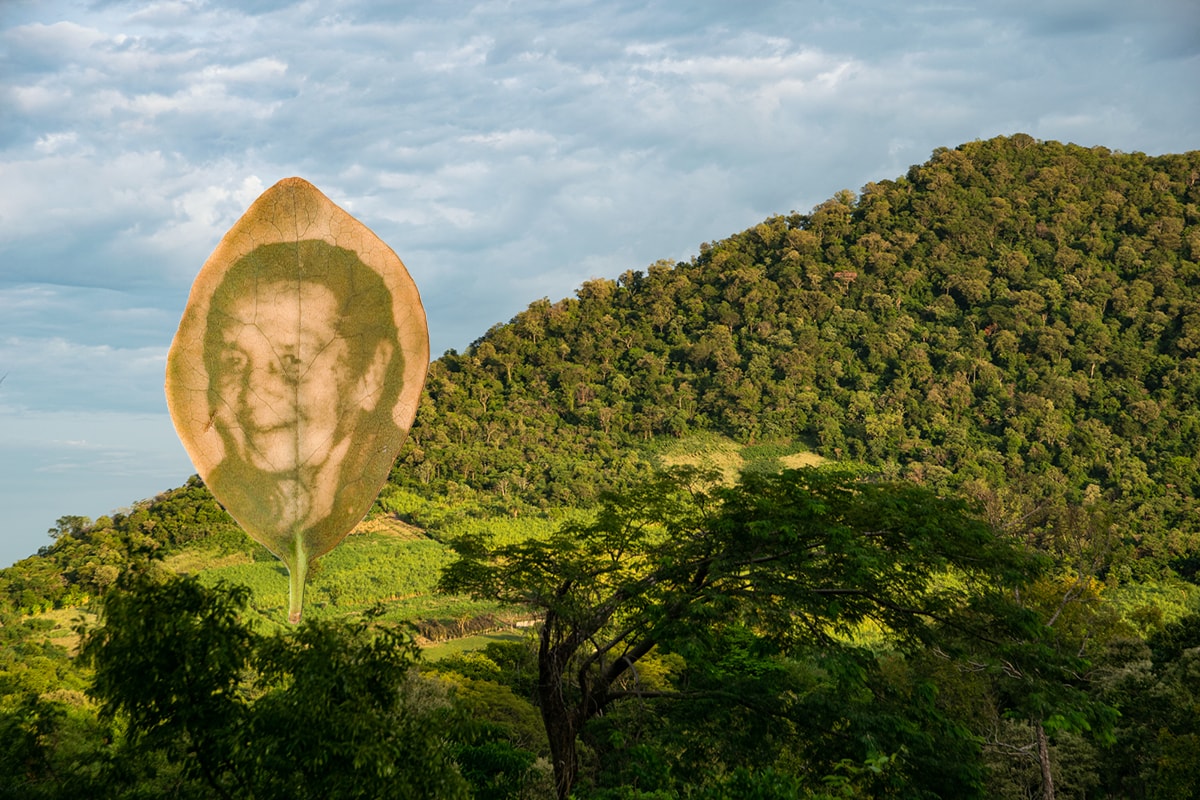
My family is that leaf caressed by the sun
In the Raíces project, Lucía Ledesma set out to investigate the history of her maternal lineage. The result is a series of photographic portraits printed on vegetable leaves through chlorophyll printing. That work allowed Lucía to experiment with an alternative way of photography and reconnect with her Paraguayan origins: a problematic piece of her identity, given the intense discrimination her family has been subjected to in Argentina.
By Alonso Almenara
Lucía Ledesma was fifteen years old when she saw the faces of her aunts and uncles for the first time. It was on a trip to Paraguay, the land of her ancestors on her mother’s side. Until then, the photographer’s family album consisted exclusively of images captured in Argentina, where her grandmother settled with her mother several decades before she was born.
Despite this void of images, the Paraguayan origin of part of her family has always been an essential theme in Lucía’s life. Not only because she used to hear stories about her Paraguayan relatives since she was a child but also because of the discrimination against this migrant community in Argentina. “People constantly remind you of where you come from,” she comments.
In the Raíces project (2020), she set out to inquire about those origins. The work brings together photographic portraits of five women belonging to different generations of her family. They are printed on vegetable leaves through chlorophyll printing.
Chlorophyll printing is an alternative development process in which the chlorophyll present in plants is used to develop a positive image instead of the chemicals used in traditional development. The image is obtained thanks to the leaf’s depigmentation, which is a product of stressing the chloroplasts (chlorophyll-containing cells) when exposed to the sun. Some leaves commonly used in Chlorophyll printing are cartridge, spinach, and orb stramonium.
“I remember coming across this technique on the internet. I was immediately attracted to it because you need a black-and-white image on a film, a leaf, and a glass. You leave it in the sun for a few hours or days, depending on the weather, and that’s it.”
But Lucia only experimented with Chlorophyll printing much later, when she was in her final year of a photography degree. “I had to present a project and remembered what I had read. I started researching, practicing, finding out what kind of sheets worked for me.”
Two years after completing the Raíces project and once the pandemic had passed, Lucía traveled again to Paraguay to collect new photographs and information. The result is a book called VY’A. For her, “this book is like the family album I never had.
How did the Raíces project start?
The project was born after my parents’ divorce. My mom went into a depression and needed to heal. The way she found to do it was by researching her family tree. She was born in Paraguay, and when she was a year and a half old, my grandmother brought her to live in Argentina. There were many things about her family that she did not know. So she started calling my relatives in Paraguay and researching the names of her ancestors. And while studying, she noticed something that kept repeating itself: in my family, there were five generations of women with the same surname. They were five generations of women abandoned by men when they became pregnant. That story was powerful, and I found a way to capture it using chlorophyll printing.
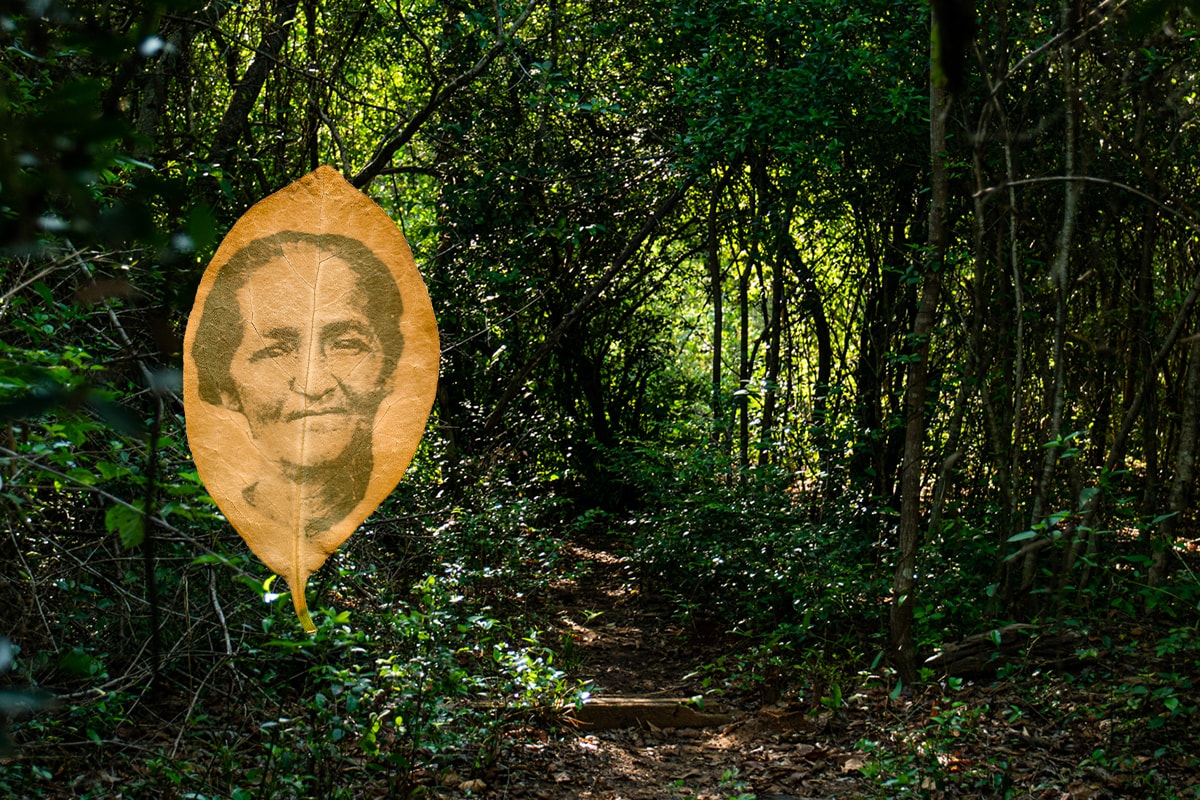
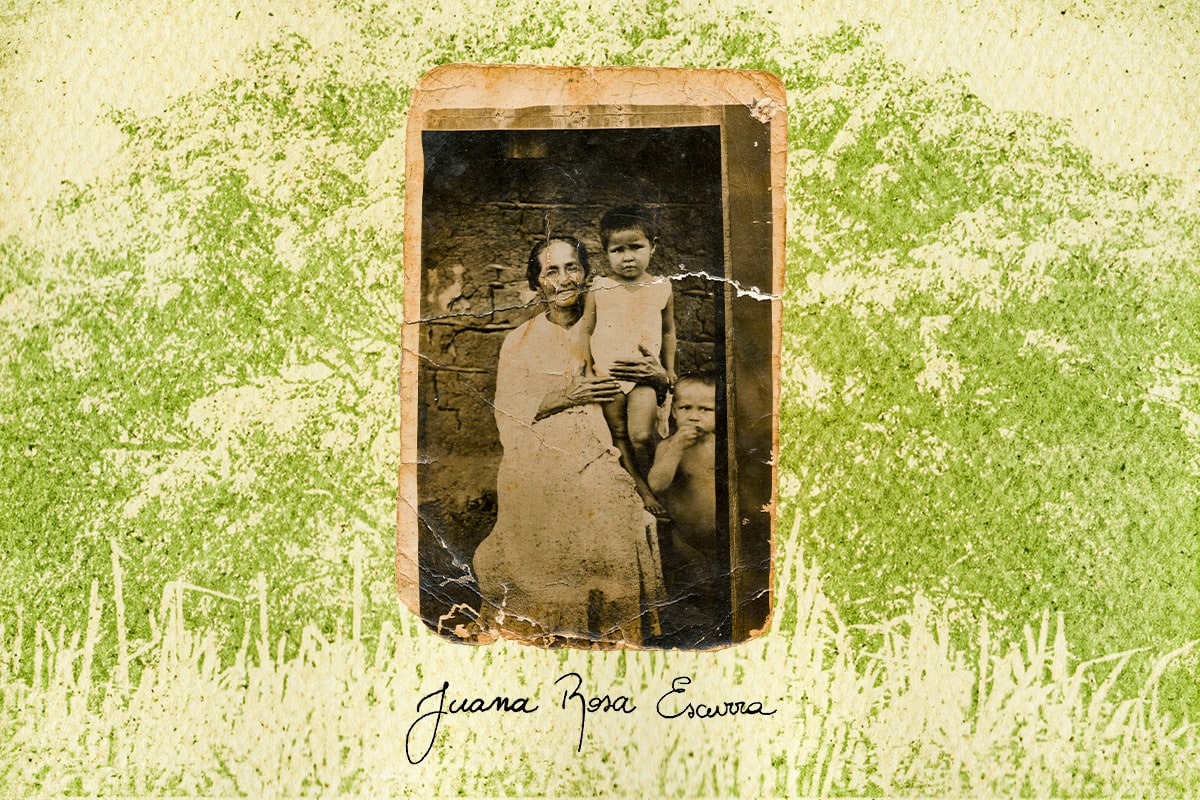
Why did you think of this technique to tell the story of your maternal family?
For me, Paraguay is green and natural because my family’s women grew up in the countryside. It seemed important to me to connect this work with nature. Besides, I live in my grandmother’s house, and she has a massive yard with a lot of vegetation. In that yard, I have a Paraguayan jasmine plant. And I realized that its leaves are perfect for chlorophyll printing. They have all the necessary characteristics. That’s when I got the idea. I was close to the fact that it was a plant with a flower, and I knew it had that name.
On the other hand, it is natural to connect the family theme with the vegetation. The branch itself is like the generations of a family. From that plant, leaves, and leaves come out, one after the other. That’s also why I chose this process.
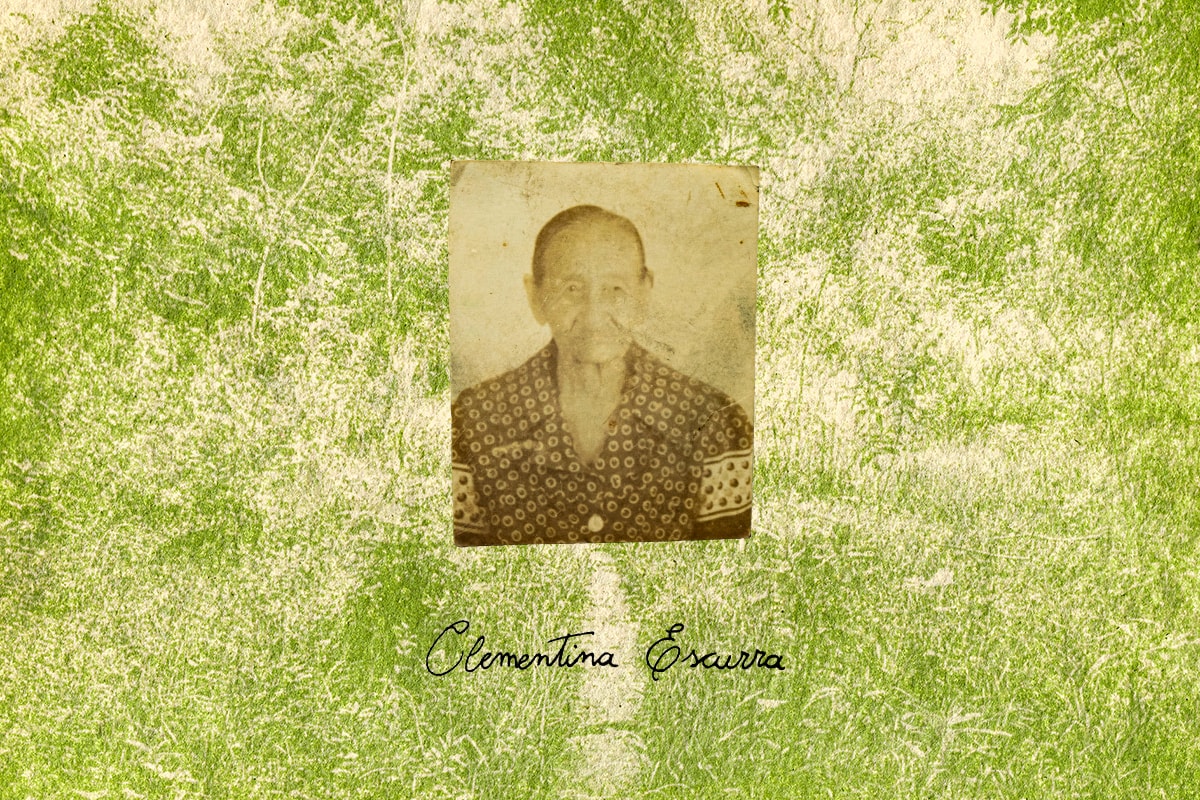
How did you select the images that you have finally printed?
At the beginning of the project, I was able to obtain photos of four generations of women in my maternal family: portraits of my mom, my grandmother, my great-grandmother, and my great-great-grandmother. I took the ones of my mother and grandmother and those of my great-grandmother and great-great-grandmother I found in my family archives. But I was missing one portrait, which was of my great-great-grandmother. That’s why the Raíces video shows that one of the plant’s leaves is exposed; it has no image.
But in 2022, I went back to Paraguay after the pandemic. The last time I went there, I didn’t know I would choose the path of photography, so when I came back, I got a lot out of it. One of my uncles kept the only photo that exists of my great-grandmother, so I was able to rescue it. Now that portrait is included in a more advanced stage of the project.
You mean the book VY’A.
That’s right. I graduated from the technical school with the Raíces project. Then I entered ARGRA [Association of Graphic Reporters of Argentina], and I had to present a long project for the subject Photojournalism II. I didn’t know if I wanted to return to work on the subject of Paraguay and my ancestors, but I realized that I did and that Raíces could continue to evolve.
For now, the project has culminated in the book. There is only one copy, which I made myself: I wrote the text, made the cover, sewed it, and bound it. The title, VY’A, means “to find oneself” in Guarani. I chose that word because I associate it with remembering my first trip to Paraguay. I was with my cousins in the countryside, and they asked me if I could find myself there. I didn’t understand what they meant by “find myself.” And they explained that it points out if you feel comfortable and happy in a place.
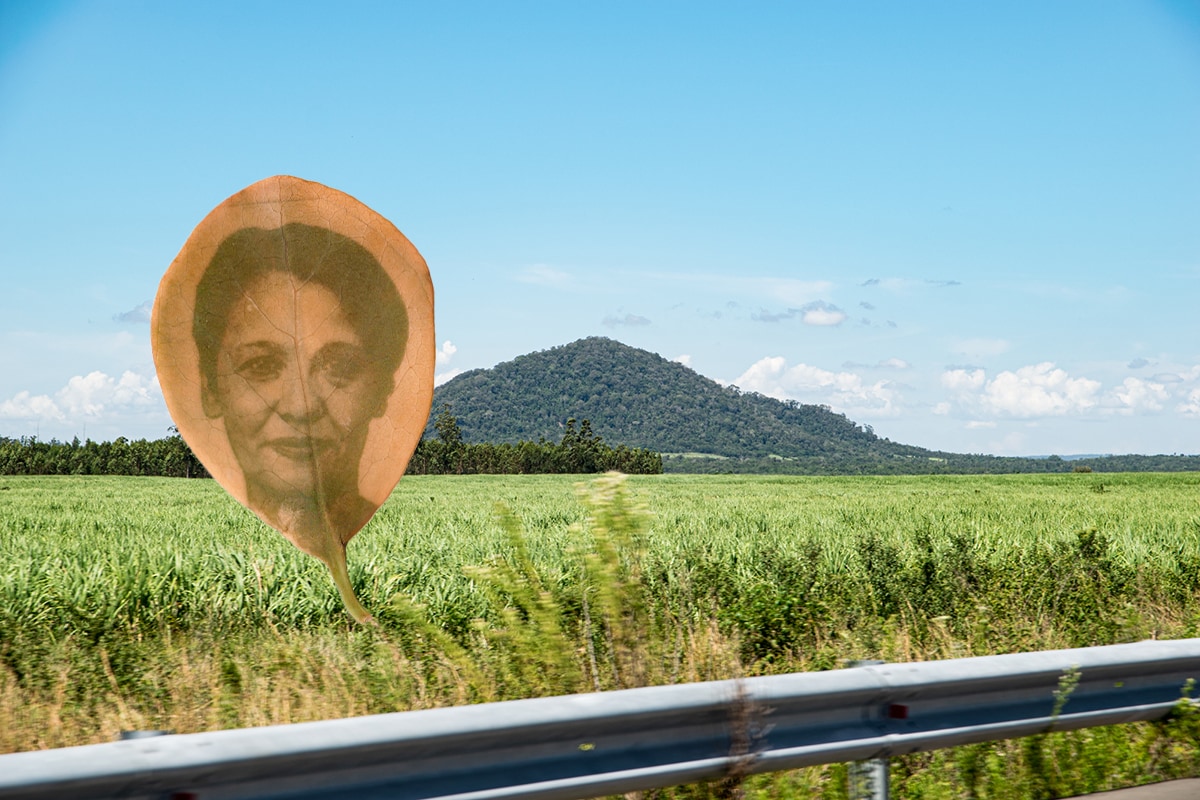
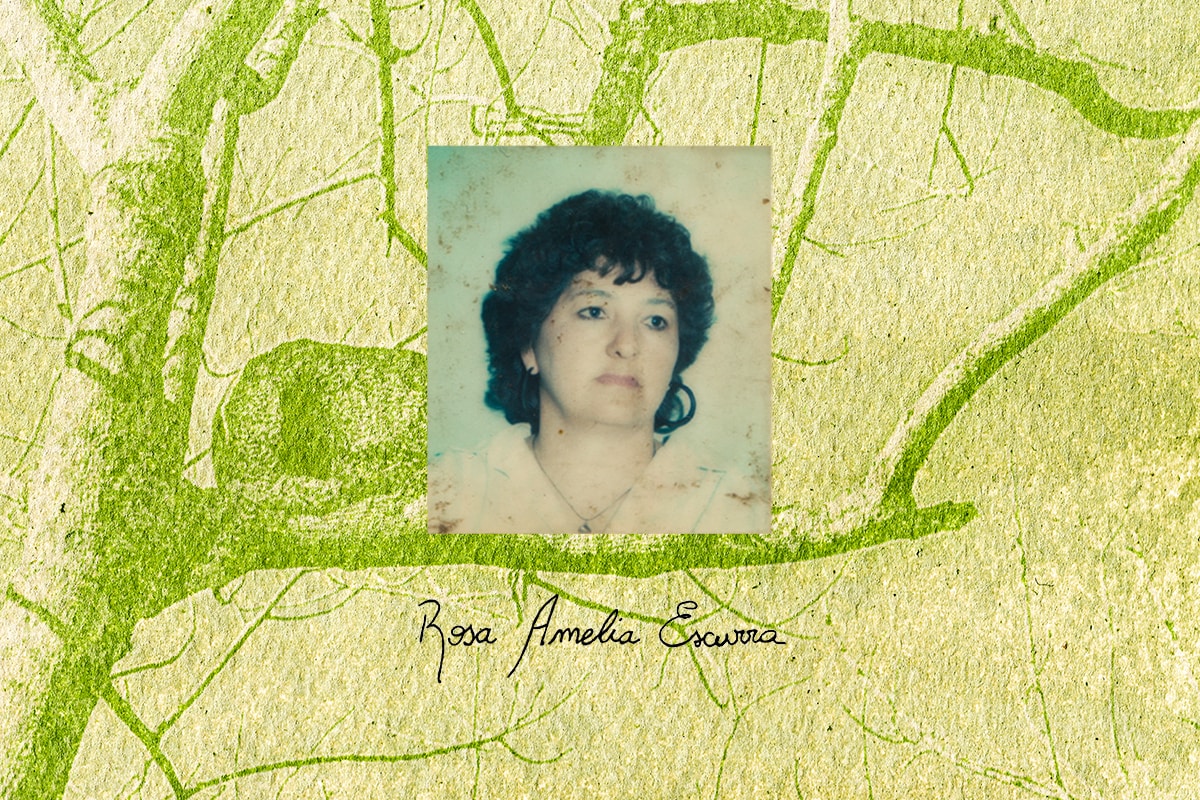
The book is mainly about the homes where these five women lived, first in Paraguay and then as migrants in Argentina. My mom feels very Argentine because she grew up here. She doesn’t even have an accent, but in school and throughout her life, she experienced a lot of discrimination. She told me, for example, that she had the best grades in school but couldn’t be the flag bearer because she was Paraguayan. The book is also about those things. About the discrimination and sexism they suffered.
In VY’A I also added myself because I wasn’t in Raíces. I joined because I thought it was important to tell the story from my perspective, to talk about what happened to me with all this information about my ancestors.
Have you talked to your relatives about the project?
My mother and grandmother are very present in my life, and they are also very connected to my work. They saw me all the time doing the chlorophyll printing and helped me. My grandmother helped me with the archival photos by telling me her story, her mother’s story, and her grandmother’s story.
My last memory of the book is that when I finished it in December of last year, I showed it to my mom. I gave her the book and left her alone so she could look at it whenever she wanted; I didn’t want to make her nervous. She told me that when she read it, she cried and was very grateful because it was the story of her life synthesized into an object.
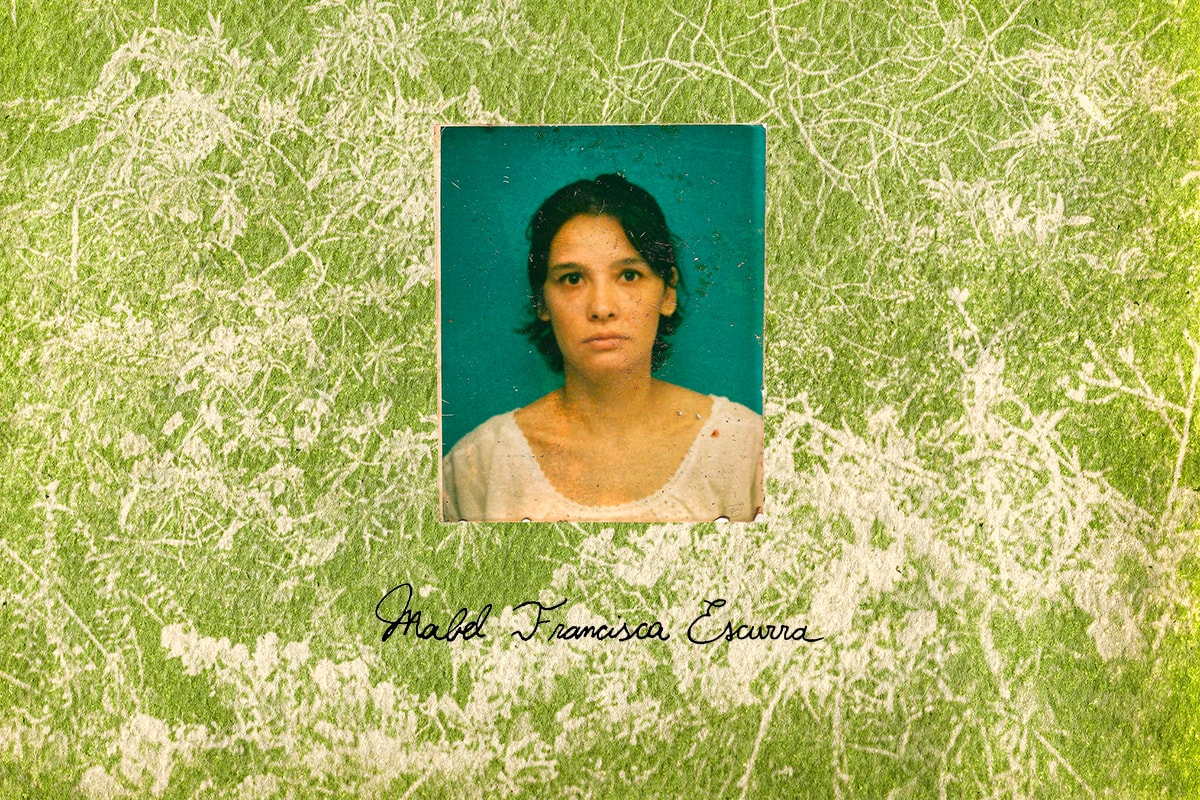
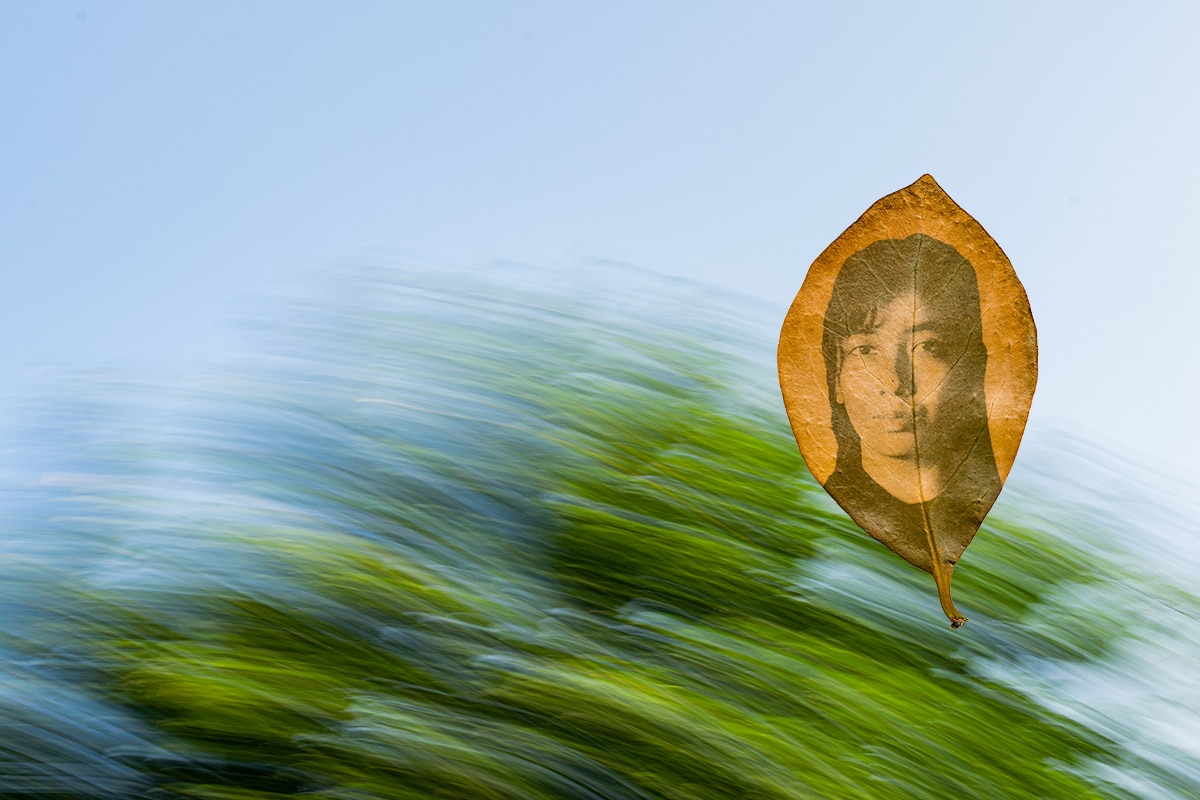
Has working on this topic led you to understand your own identity better?
I think it has because being the daughter of Paraguayans has complicated my life to some extent. I am referring to how others make you feel ashamed of your roots. I grew up with a lot of racism, racism that was instilled in me and that I acquired myself. But my grandmother and mom always helped me get those prejudices out of my head. And doing this project also helped me a lot because it helped me connect with my ancestors, with people I had never seen beyond a photo. It helped me connect with myself. And also to find me in my great-grandmother’s house in the country.


